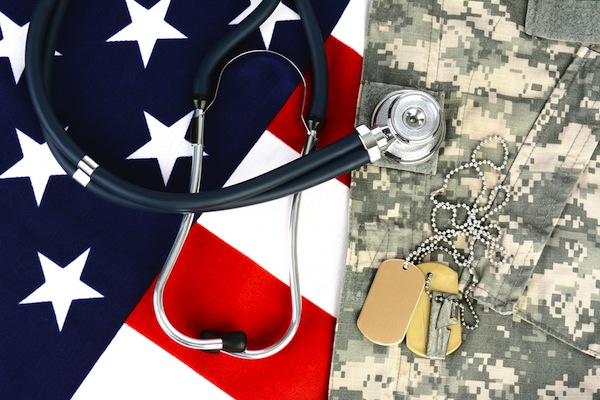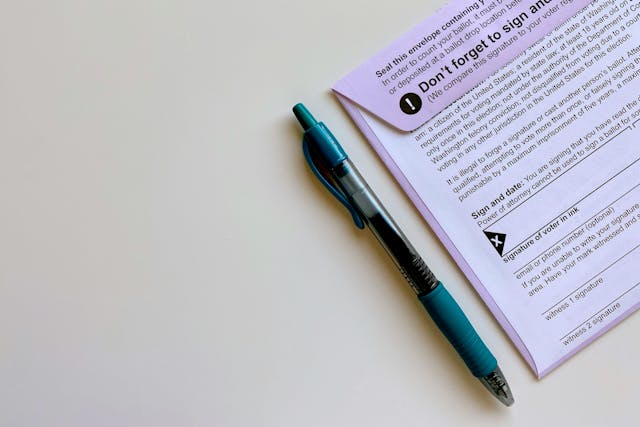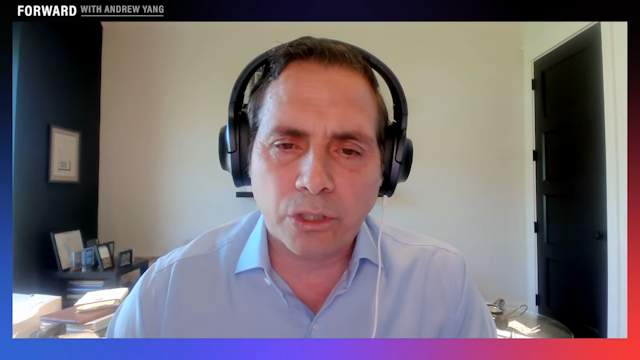Defense Department Expands Efforts to Treat 'Invisible Wounds' of War

 Steve Cukrov / shutterstock.com
Steve Cukrov / shutterstock.com
Over the last dozen years, the number of injured service members with the so-called "invisible wounds" has skyrocketed. Even though they can't be seen, Traumatic Brain Injury (TBI) and Post Traumatic Stress Disorder (PTSD) are very real and have huge impacts on the lives of those afflicted.
Often these service members are unable to perform basic tasks, such as reading a map or balancing a checkbook. But, the Department of Defense has made some significant strides in understanding and treating these conditions.
Speaking at an event marking National Post-Traumatic Stress Disorder Day on June 22, Brigadier General (Dr.) John M. Cho, deputy chief of staff for operations with Army Medical Command, said:
"The invisible wounds -- post-traumatic stress disorder and traumatic brain injury -- are just as damaging as the visible ones. They impact the families as well as the soldiers."
During his speech, Cho announced that the Army would be participating in a $60 million collaborative research effort to better understand these conditions.
Cho also touched on the fact that PTSD and TBI often occur together, though it is unknown as to why, something that will be looked at in upcoming research.
"We're nowhere near where we want to be, however, when it comes to researching PTSD and TBI,” he said. “A lot more needs to be done."
There are a number of obstacles that soldiers with these invisible wounds must still overcome in order to get treatment, something the DoD is actively working to correct. Over the last several months the defense department and the Veterans' Administration have rolled out a number of programs and initiatives to aid those in need.
One of the biggest obstacles is the stigma associated with any sort of mental health problem, Cho noted during his speech. While this isn't a problem that is unique to the military, it is one that can keep those who are conditioned to "suck it up and soldier on" from seeking help.
Army Chief of Staff General Ray Odierno wrote in a letter for the attendees of the event:
"PTSD is a combat injury. Veterans suffering from PTSD deserve the same dignity and respect as our fellow wounded warriors."
And now, technology is helping some of those service members get help virtually.
Before 1992, someone who suffered TBI didn't have nearly as strong survival and recovery chances as someone today, according to the Defense and Veteran’s Brain Injury Center (DVBIC).
"Prior to the 90s, either you survived your bad brain injury or you didn’t, and for those who survived, the outcome was not great," Kathy Helmick, DVBIC’s deputy director said. Today, the outlook for those people is brighter, thanks to treatment.
The VA and DoD have actively been working on their Connected Health program, which expands the reach of VA centers across the country. More than a third of Veterans live in remote areas and are unable or unwilling to travel a long distance to seek care.
So, Connected Health and other initiatives such as "telemedicine" bring healthcare programs to the veteran in their home town, or sometimes, in their own home.
"We know treatment helps," Cho said. "We can help them get better."
But, treatment for TBI and PTSD is often lifelong, requiring several trips to the VA center or military medical center each month, which can be expensive and time consuming. But these new programs are attempting to lessen some of that burden while providing the best quality of care possible.
For those who are severely affected, the program at the National Intrepid Center of Excellence may be more effective. The intensive 4-week program features an integrated approach to treating TBI and PTSD, and has had some remarkable outcomes.
The center is currently the only one of its kind and is located at the Walter Reed National Military Medical Center in Bethesda, MD. Opened in October of 2010, the center's $65 million construction was funded entirely by Intrepid Fallen Heroes Fund. Seven satellite clinics are currently planned and will also be funded by philanthropic donations.
Other strides include the establishment of a tissue bank to study TBI, changes in the Federal Register that would allow more veterans to receive compensation for service-related disability related to TBI, as well as continuing extensive research and therapy innovations for the treatment of TBI and PTSD.



